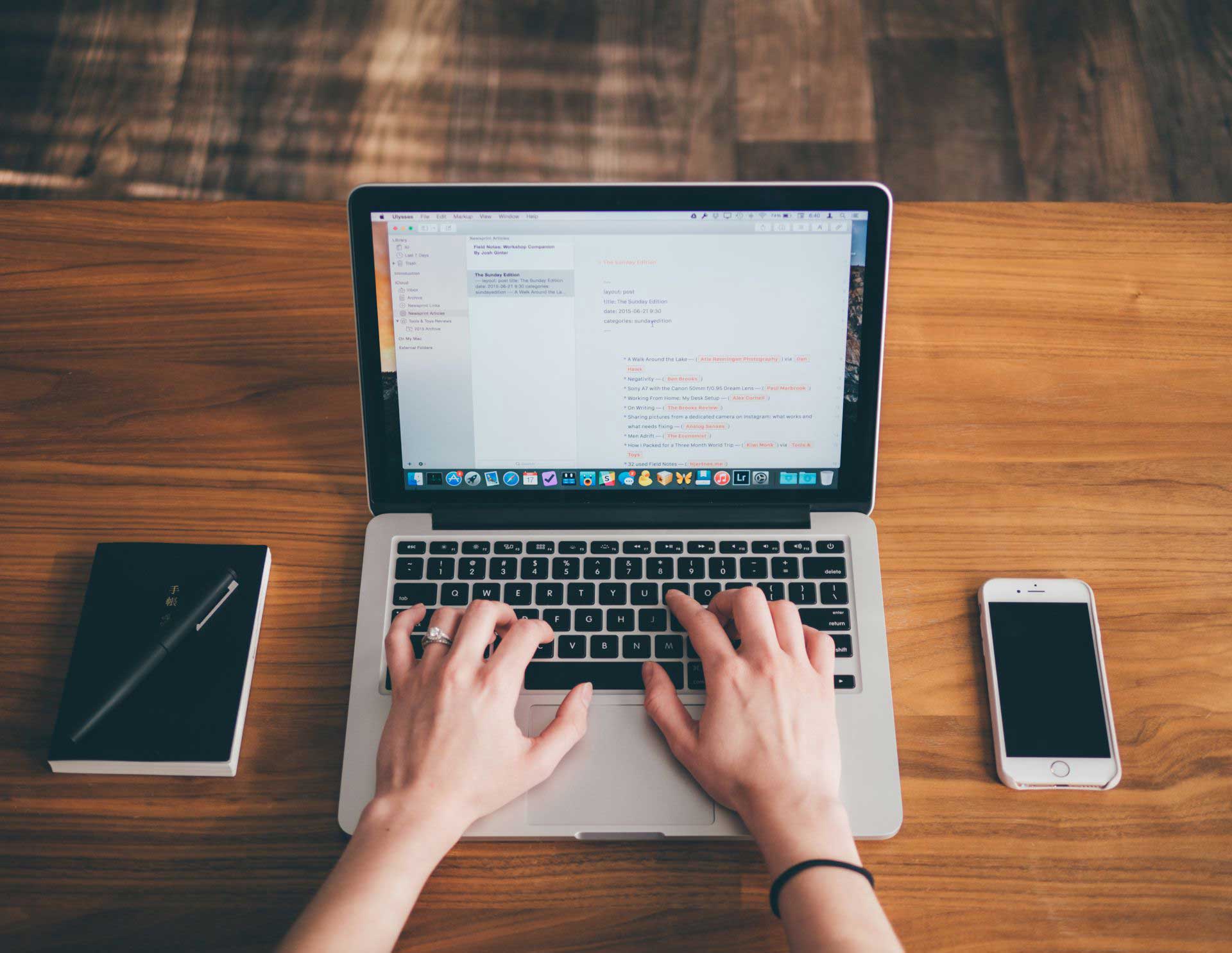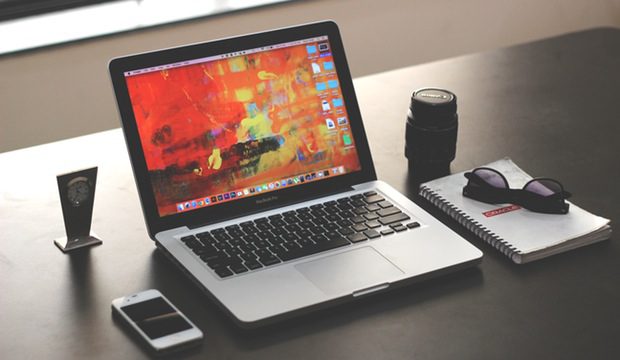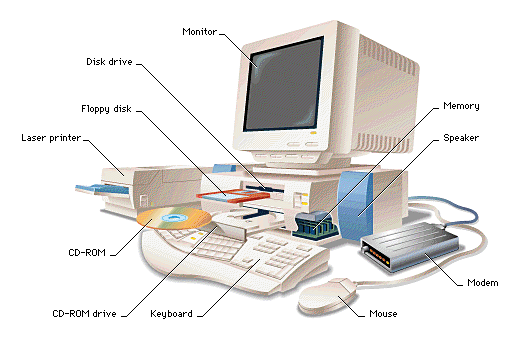ASSALAMUALAIKUM
Today i want to share with you about myself. My name is Syyaiddah Nashrah Binti Mohd Nazri. i am 19 years old and still studying in the field of graphic design at Politeknik Ibrahim Sultan, Pasir Gudang, Johor. i was born at 21.03.1999 in Kuala Terengganu general hospital. My hobby is playing the computer because it gives many benefits for me and useful at era technology now.
my major strengths that give me unique identities are my punctuality, honesty, creativity and hardworking caliber. also, i can adjust to any environment and always try to discover and learn new things.
but i also have my own weakness that i am very soft by nature that's why i easily believe on others words. i always try to help others without understanding whether that will be good or bad for me. also, i am very shy person, but once i get to know a person, i don't have any issues in interacting with that person. haha
that's all form me. don't forget to follow my account social media ok. thank you
INSTAGRAM / TWITTER : @nashrahnazri





